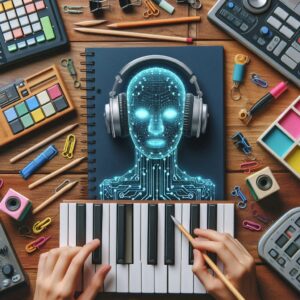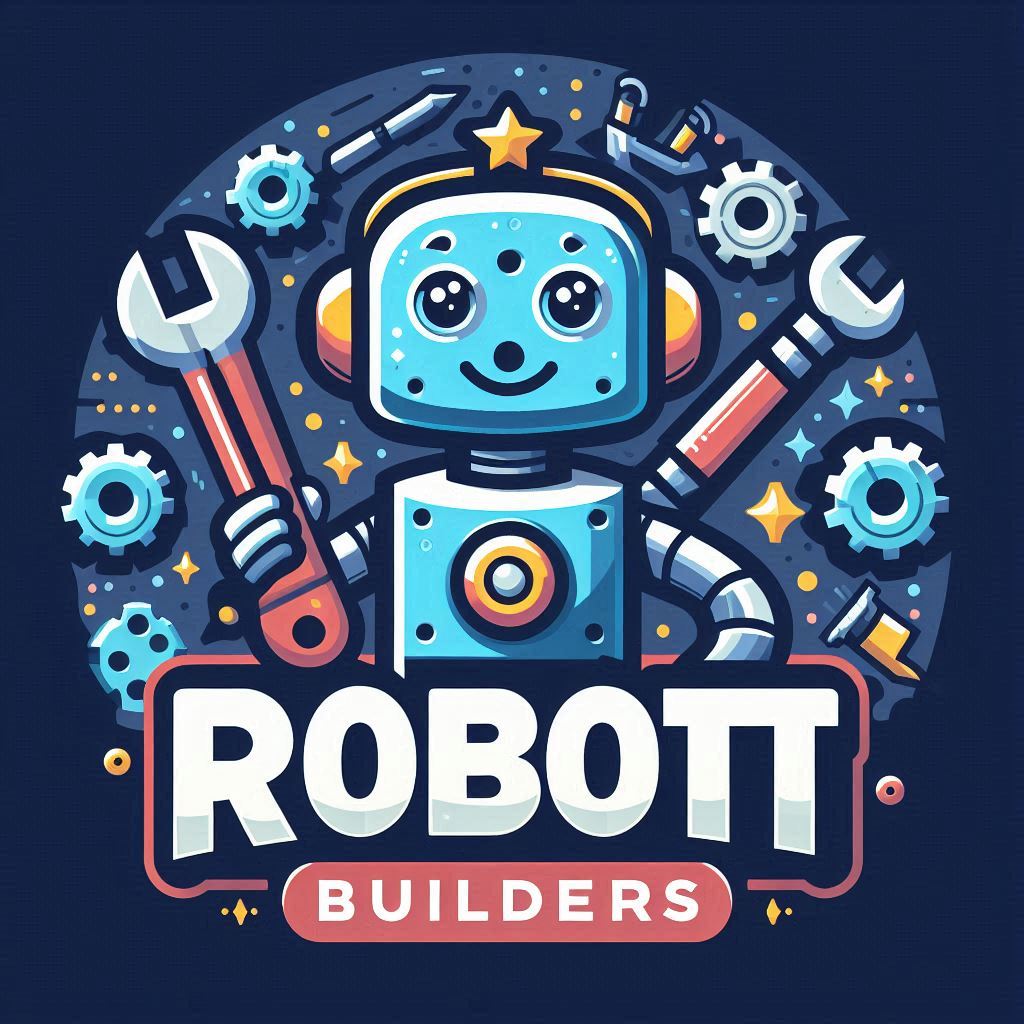Introduction
Creating music is both an art and a science, requiring skill, creativity, and inspiration. For musicians, producers, and composers, balancing technical precision with innovative ideas can be challenging. AI-powered music composition tools are transforming the creative process by automating repetitive tasks, generating melodies, and offering valuable insights into harmonic structures and song arrangements.
This guide explores how to build AI tools for music composition, adhering to SEO best practices for enhanced online discoverability.

1. Why AI Tools Are Revolutionizing Music Composition
AI tools offer musicians an edge by streamlining workflows and enhancing creative possibilities.
Key Benefits of AI Composition Tools
- Time Efficiency: Automate basic tasks like chord progressions and rhythm arrangements.
- Creative Suggestions: Generate melody ideas, harmony layers, or beats based on user preferences.
- Adaptability: Cater to different genres, from classical to electronic.
- Collaborative Features: Integrate with human creativity for hybrid compositions.
- Analysis and Feedback: Provide insights on the tonal balance, dynamics, and overall structure of compositions.
AI empowers artists to innovate, explore, and produce with greater flexibility and precision.
2. Technologies That Drive AI Music Tools
Developing AI tools for music composition requires the integration of advanced technologies tailored to the nuances of sound and musical structure.
Core Technologies
- Generative AI Models: Use neural networks to create melodies, harmonies, and rhythmic patterns.
- Audio Processing Algorithms: Analyze sound frequencies and dynamics for mixing and mastering.
- Natural Language Processing (NLP): Enables AI to interpret instructions like “compose a jazzy tune” or “add a nostalgic melody.”
- Music Theory Algorithms: Incorporate principles of harmony, scales, and progressions for intelligent suggestions.
- Machine Learning: Learns from existing compositions to identify patterns and styles.
These technologies form the backbone of intuitive and adaptive music composition tools.
3. Preparing Data for AI Music Tools
Music datasets are the foundation for AI models, providing inspiration and understanding of musical patterns.
Sources of Music Data
- Sheet Music Libraries: Collections of written compositions spanning genres and eras.
- Audio Samples: Sound files of melodies, beats, and chord progressions.
- MIDI Files: Digital representations of musical notes and arrangements.
- Genre-Specific Data: Examples from pop, jazz, rock, classical, electronic, and more.
- User Feedback: Insights from musicians on preferred styles and functionalities.
Steps for Data Preparation
- Clean and Organize: Remove noisy data or incomplete entries from datasets.
- Label Features: Annotate data points like tempo, key, rhythm complexity, and mood.
- Diversify Genres: Ensure representation from various musical styles for versatility.
- Standardize Formats: Align datasets to MIDI or WAV standards for smooth AI integration.
Well-structured data enables your AI models to produce harmonious and genre-accurate compositions.
4. Training AI Models for Music Composition
Training the AI involves teaching it to compose music that resonates with the emotional and technical aspects of songwriting.
Best Practices for Training
- Use Supervised Learning: Teach models with annotated data showing chord progressions, melody patterns, and rhythmic variations.
- Include Style Simulation: Train AI to mimic specific genres or composers.
- Encourage Experimentation: Enable unsupervised learning to generate innovative musical patterns.
- Feedback Refinement: Continuously improve AI-generated compositions based on user evaluations.
Proper training ensures your AI produces musical outputs that are both technically proficient and artistically inspiring.
5. Deploying AI Music Composition Tools
Deployment focuses on making your tool accessible and versatile for creators across platforms.
Deployment Essentials
- Cloud Hosting: Offer scalable solutions for users worldwide, enabling collaborative access.
- Mobile Integration: Optimize tools for smartphones and tablets for on-the-go composition.
- Interactive Dashboards: Provide easy-to-use interfaces for arranging melodies, beats, and harmonies.
- API Connectivity: Allow integration with popular DAWs (Digital Audio Workstations) like Logic Pro or Ableton Live.
- Real-Time Feedback: Offer instant playback and editing capabilities for compositions.
Seamless deployment ensures your tool becomes an indispensable asset for modern music creators.
6. SEO Optimization for AI Music Tools
To reach the right audience of musicians and composers, strong SEO practices are vital.
SEO Best Practices
- Keyword Optimization: Target phrases like “AI music composition software,” “intelligent songwriting tools,” and “real-time melody generation.”
- Content Marketing: Create blogs, tutorials, and case studies showcasing tool capabilities.
- Collaborations: Partner with music schools, composers, and producers for increased visibility.
- Mobile Optimization: Ensure websites and platforms are fast-loading and user-friendly.
- Metadata Structuring: Use descriptive titles, tags, and meta descriptions to rank higher in search results.
With effective SEO, your tool can reach musicians searching for innovative composition solutions.
7. Monitoring and Improving AI Tools
Continuous monitoring and updates ensure your tool stays relevant in the evolving music industry.
Metrics to Track
- Quality of Compositions: Measure user satisfaction with AI-generated melodies and arrangements.
- Processing Speed: Assess how quickly the tool generates results.
- User Adoption: Track how widely musicians and producers use the tool in their workflows.
- Error Rates: Identify and resolve glitches in composition or playback features.
Ongoing refinement keeps your tool aligned with user needs and industry trends.
Conclusion
AI tools for music composition are revolutionizing the way artists create, innovate, and produce. By leveraging advanced technologies, preparing diverse datasets, and focusing on intuitive designs, these solutions empower musicians to explore new creative horizons effortlessly.
